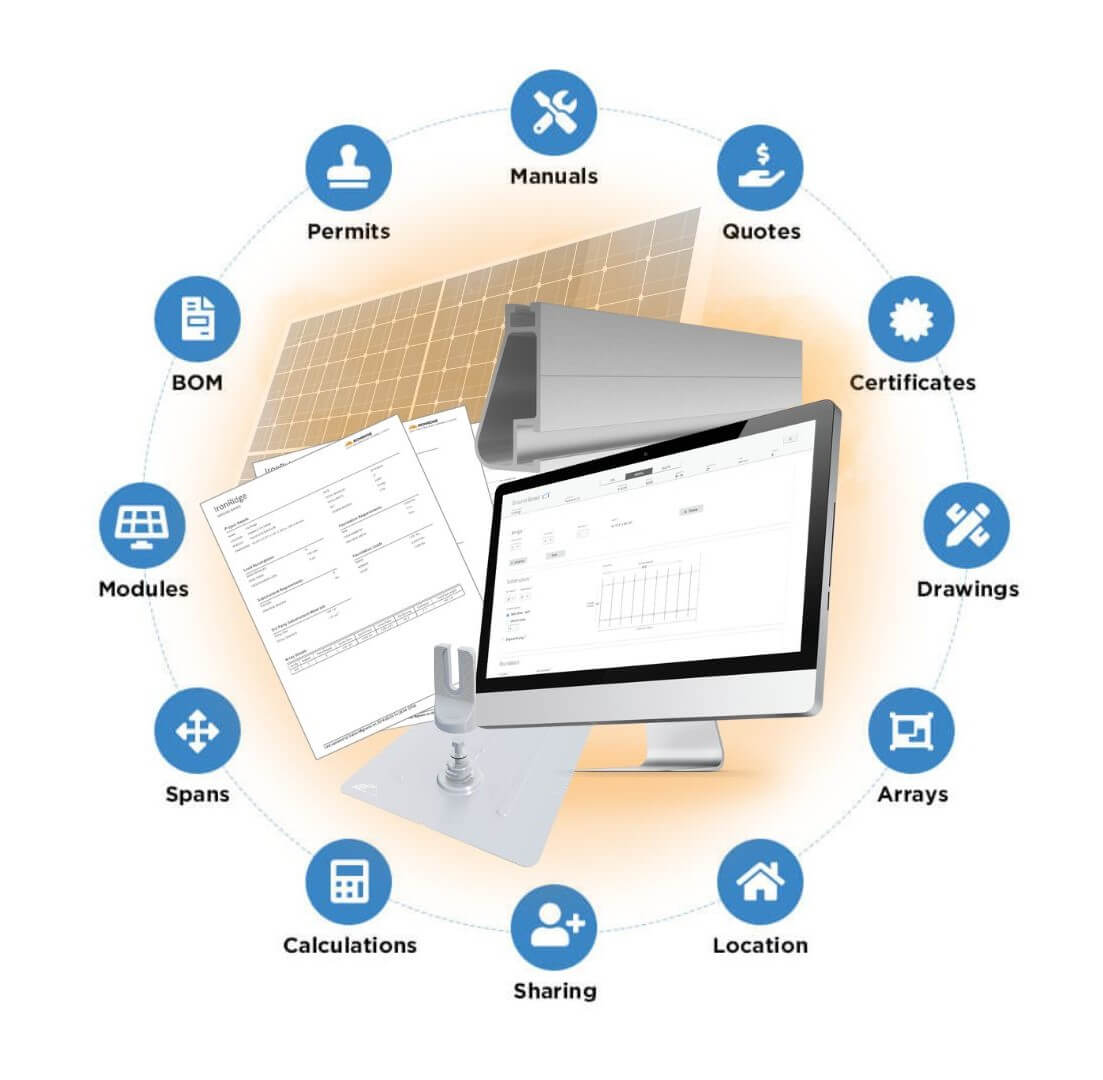Our Design Assistant tools will guide you through each project phase — including design, quoting, permitting, and installation.
Making a free account unlocks additional functionality:

IronRidge is now a part of Enstall and we’re streamlining account access.
This means you will be taken to a new page on your next attempt to sign in.
Have a Design Assistant (DA) account? You will sign into Enstall with the same DA login you’ve used in the past to access all your projects and tools.
Use an On-Demand Training account without DA? You will need to create a new Enstall account with the same email you used to view courses before.
Be sure to bookmark the new page for easy access: IronRidge.Enstall.com
We’ll be releasing more exciting features soon. Please stay tuned!
![]()
If you need help with design assistant, please contact support for assistance.
(800) 227-9523 ext 1